- Home
- >
- Preservation Archaeology Blog
- >
- The Science of Playing in the Mud
Jacqueline Fox, Preservation Archaeology Field School Student
For many, the lure of archaeology is its interdisciplinary nature. Incorporating hard science into social theory has provided us with a continually growing understanding of past lives and ancient places. Although the Preservation Archaeology Field School exposed us to many of the processes that make this discipline the intellectual powerhouse that it is, it was playing in the mud for a few days that brought greater understanding of the rooms we excavated.
Allen Denoyer worked with a few of us each day to explore a few aspects of experimental archaeology. Making stone tools and oak atlatls demonstrated the care, hard work, and precision that the people we are studying put into the tools and objects of daily life. Assisting in the creation of an adobe room had unforeseen practical benefits, however.
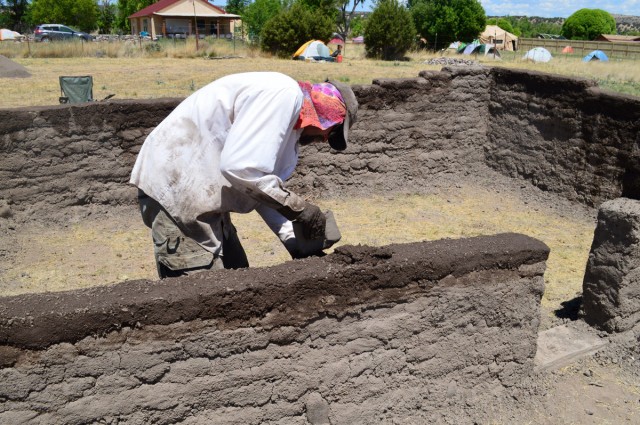
After exposing ancient adobe walls in our excavation unit, we noticed that they had an almost brick-like pattern, which appeared inconsistent with our assumption that such walls were made by puddling adobe. After looking at the structure we were building at camp with puddling methods, we saw that walls built by puddling also have a brick-like appearance after they dry. We also saw that the walls sometimes displayed different colors after they dried, depending on the mixture of water, clay, and sand used for each section. This explained why some of the walls in the structure we were excavating also showed variations in color.
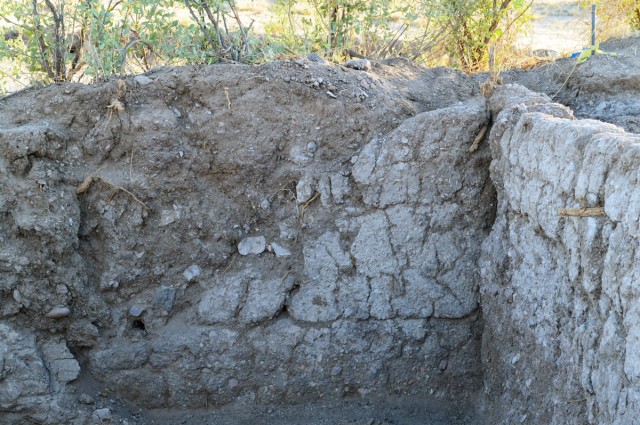
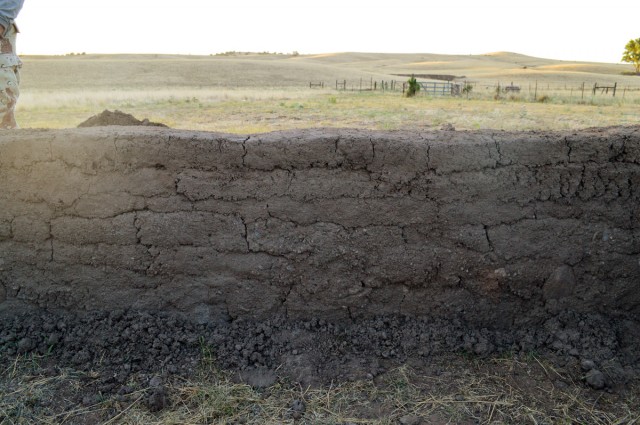
We built the narrow walls of our experimental structure to the same width as those we were excavating. Such narrow walls are unusual, and we wanted to better understand their construction. We found that even thin adobe walls require an incredible amount of labor to build, and they maintain substantial durability.
Finally, the adobe that we were excavating had a lot of large aggregates and a variety of gravel inclusions. We used this knowledge to increase the aggregate in our adobe mixture, and found that the new consistency set better and dried with fewer surface cracks.
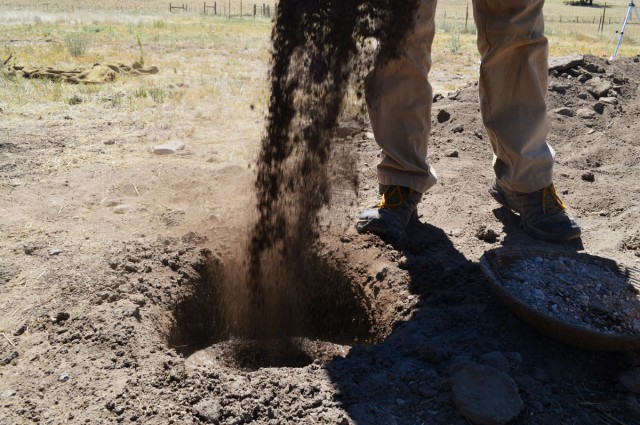
Using a variety of methods to acquire archaeological information guarantees that we learn the most from our data. After a long history of digging in the dirt for answers, it appears that playing in the mud will have to be added to the list of valid means for understanding the past.
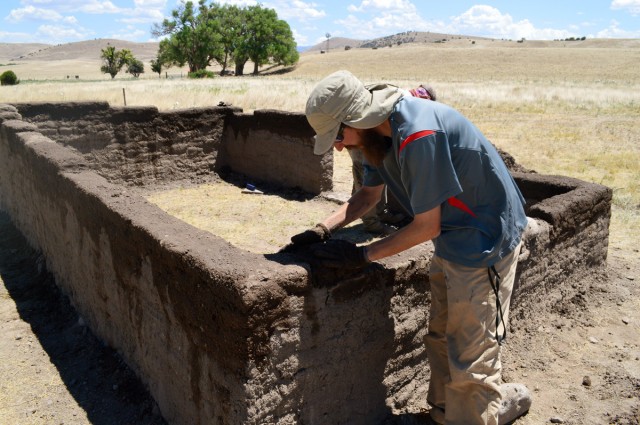
One thought on “The Science of Playing in the Mud”
Comments are closed.
Hi Jacqueline,
Thanks for sharing your real dirt experience! Just a remark: concrete technology could teach you about using gravel to reduce the tendency of shrinkage and cracking (and save cement). And concrete also has a tendency to separate in blocks due to shrinkage, unless properly reinforced. You may find useful info in concrete technology tekst books..
Best regards,
Rob (50% of AS Dutch membership, we found out today from Linda and Kathleen)